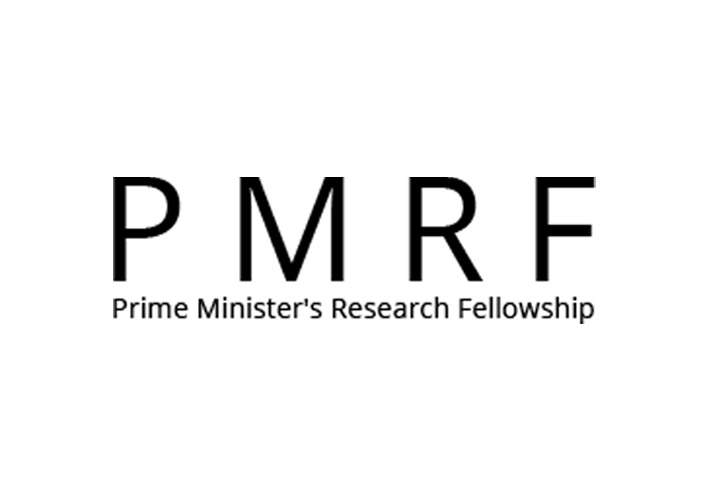Research Highlights
Dr. Yogeshwar Nath Mishra has co-invented the World’s fastest single-shot wide-field microscope with his collaborators at NASA-Caltech in USA and FAU in Germany. They published their work in the journal Nature Communications.

Congratulations Dr. Yogeshwar Nath Mishra and his collaborators in USA and Germany for
publishing their joint collaborative work entitled “Single-shot two dimensional nano-size mapping of
fluorescent molecules by ultrafast polarization anisotropy imaging” in Nature Communications. It is
a proud moment for the department.
The team has developed Compressed Ultrafast Planar Polarization Anisotropy Imaging (CUP2AI),
which they describe as the world’s fastest wide-field microscopic imaging tool for real-time sizing of
fluorescent molecules in liquids and gases in 2D at hundreds of billions of frames per second. It was
tested on fluorescein-dextran, commonly known as FITC-dextran, a conjugate of fluorescein and
dextran—a natural glucose-based polymer—used to mimic biomolecules. Fluorescein is a dye also
found in food and drink coloring. FITC is biodegradable, water-soluble, and widely used in
applications such as monitoring blood flow, drug delivery, and tissue and cell labeling.
Additionally, CUP2AI was employed to map polycyclic aromatic hydrocarbons (PAHs) in flames,
which are precursors to black carbon nanoparticles—substances known to pose significant
environmental and health risks.
While traditional techniques often rely on time-consuming point-by-point scanning, CUP2AI captures
the scene in a single shot, in 2D, delivering real-time data without the need for temporal averaging or
spatial scanning. It achieves imaging speeds of hundreds of billions of frames per second, enabling
the observation of molecular interactions and delicate samples in unprecedented slow motion. This
technology holds significant potential for applications in disease detection, biomarker development,
and pharmaceutical research. It can also be applied to study nanoparticle growth and aggregation,
particle sizing in combustion processes, and the spray drying industry.
The published paper can be accessed from here













